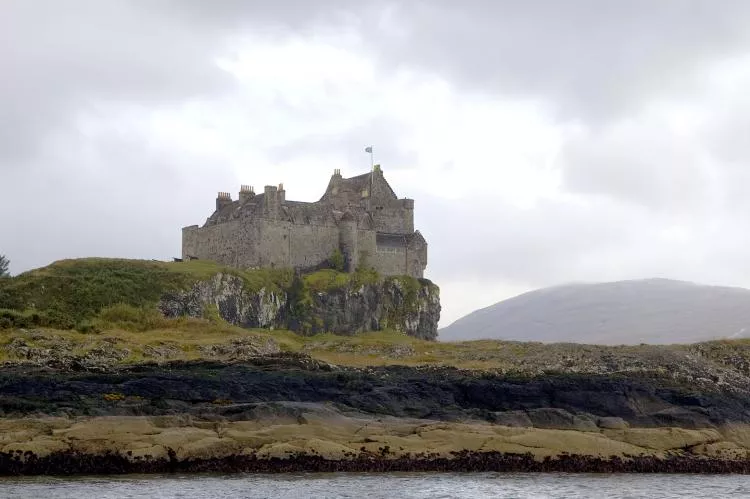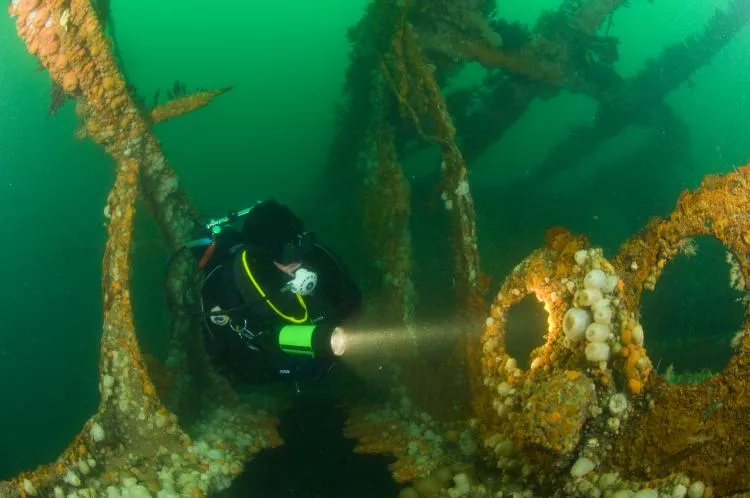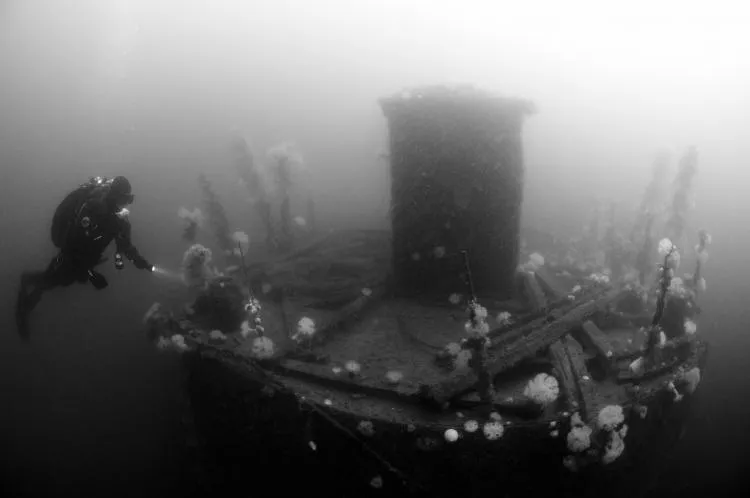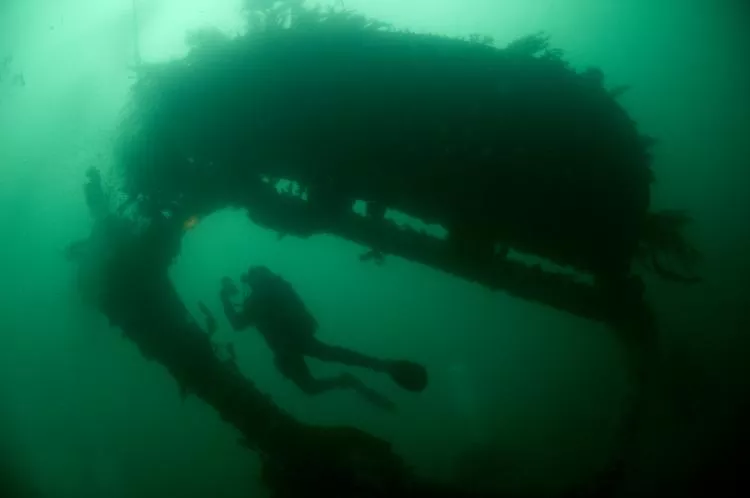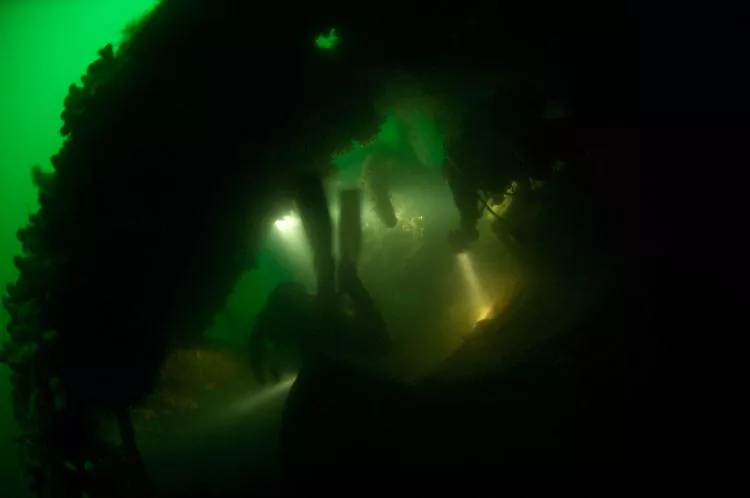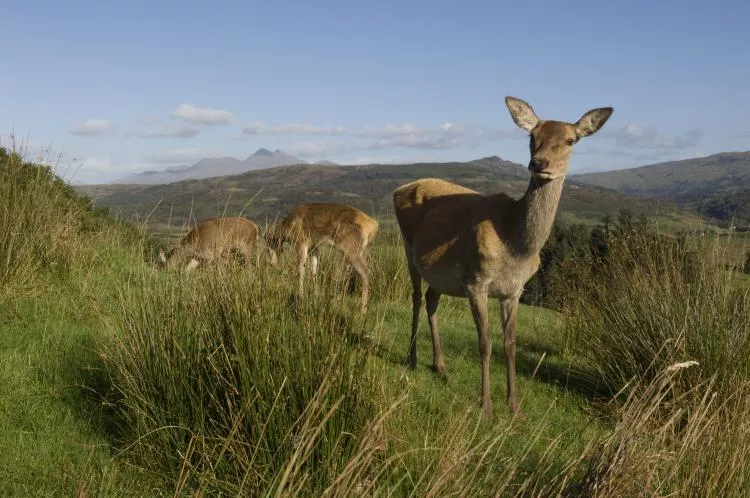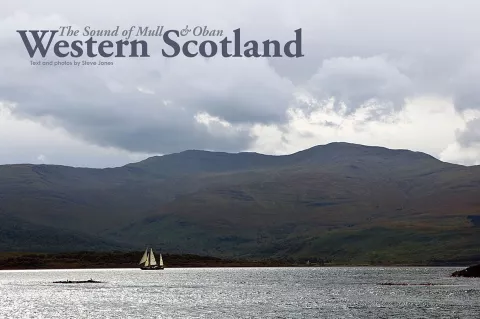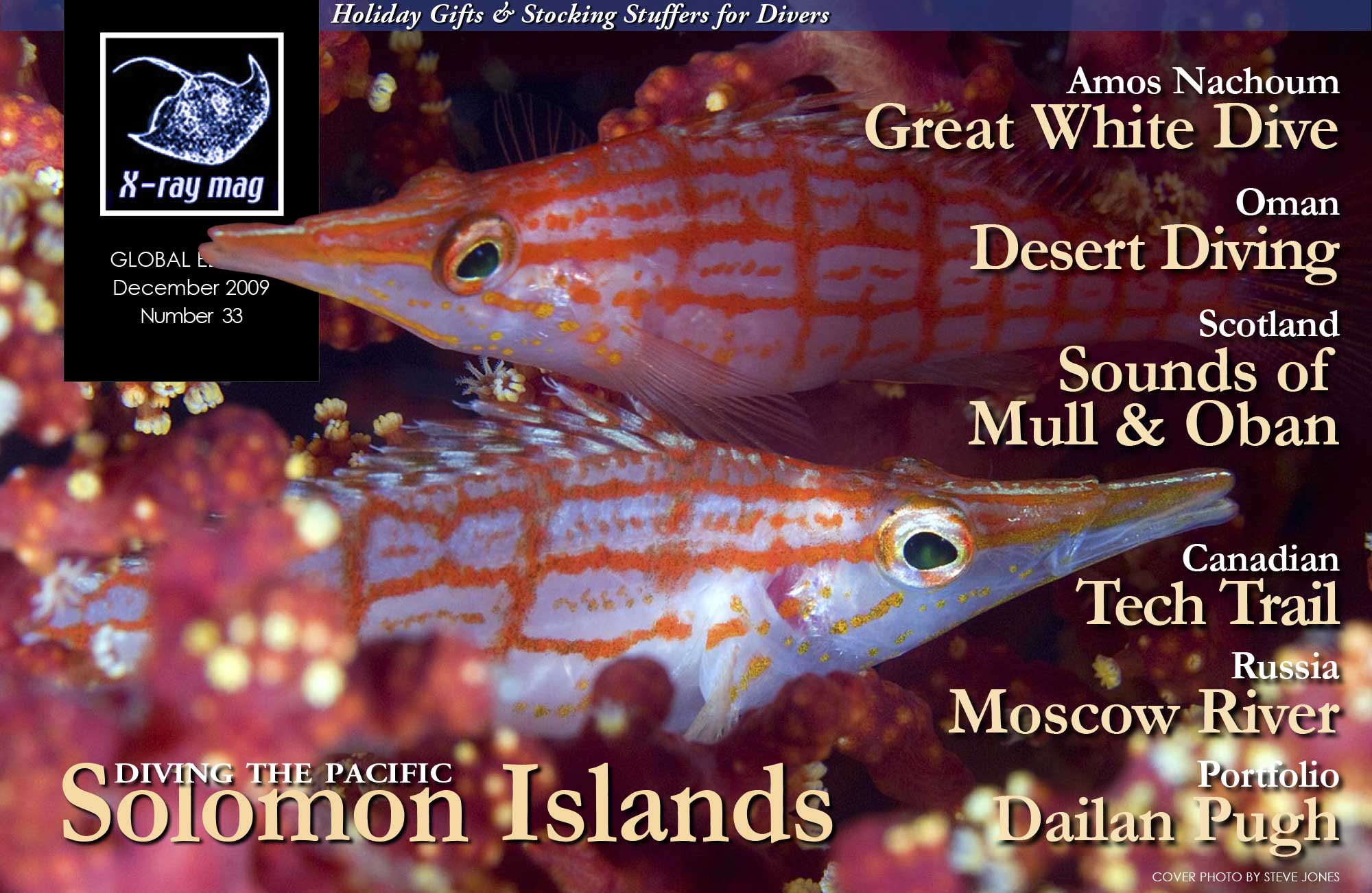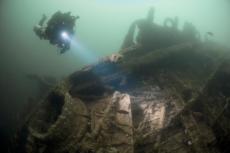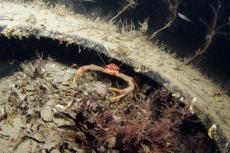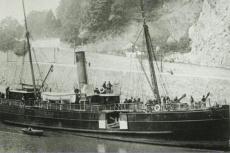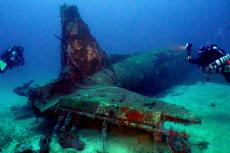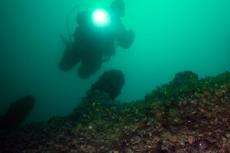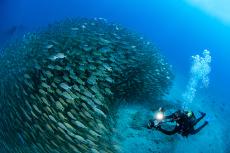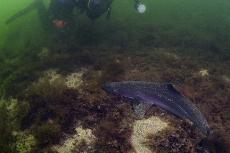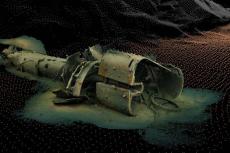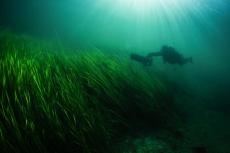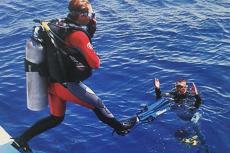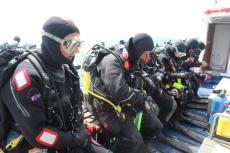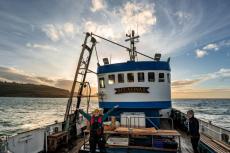There is a point in the journey to the west coast of Scotland just a little way north of the City of Glasgow that the landscape changes from “merely” pretty to the full on highland spectacular. It seems as if you are driving into the wilderness. Modern life, along with its stresses, seems to become a distant memory, and it’s not difficult to imagine you’ve travelled back hundreds of years in time; relics of this country’s rich history, castles and ancient ruins, adorn the stunning hills and deep green valleys. The tranquillity of the Lochs help to define a place that simply possesses a “kind of magic”.
Contributed by
Oban has become an attraction for a whole range of adventure tourists. Hikers, climbers, wildlife enthusiasts all flock here in droves year round. For Oban is not only the gateway to the Scottish Highlands, but also to the less visited Hebridean Islands with their deserted white sand beaches and crystal clear blue waters—favourite destinations of wildlife filmmakers. The attractiveness of this place is not restricted to the topside, however. This region has some of the finest diving in the British Isles.
Tucked away in a sheltered cove amongst the cliffs south of Oban, is Puffin Dive Centre—an ideal location to base activities given the fact that it is fully self sufficient—boats, gas, accommodation, all conveniently located right at your feet. Indeed, the location is also superb for families. Whilst mine went off to see the many topside attractions in this area, I headed off to the see those under the water.
We are heading out first and foremost to the Sound of Mull—the channel of water that lies between the Isle of Mull and the mainland. This place is a graveyard for wrecks and coupled with sheer submerged cliffs, clear water and fast currents, it has all the ingredients for excellent diving. It’s a two-hour boat journey to the Sound, and Puffin’s large dive boat is fully enclosed—a welcome feature given the unpredictability of Scottish weather.
Within an hour of leaving our base at Oban, we see Duart castle standing like a sentinel guarding the waters that lie at the foot of hauntingly beautiful Mull. The view is simply awe inspiring.
Mull is the second largest of the inner Hebridean Islands, which lie close off the coast of Scotland. At first, it can seem quite foreboding, as the grey clouds circle the highest peak, “Ben More”. The view in the other direction is of the highest Scottish peaks including Ben Nevis. If you dive here in the winter months, you will invariably surface to the view of snow-covered peaks in the distance.
The Hispania
We are diving the Hispania —one of the most famous wreck dives in UK waters. A Swedish steamer, she was en route from Liverpool to Sweden in 1954 when she encountered atrocious weather. The captain chose the more sheltered route between the Scottish Islands, but in poor visibility, the ship struck a reef close to the Mull shore.
The crew abandoned ship but Captain Ivan Dahn chose to stay with his sinking vessel and went down with his command, allegedly saluting as she sunk beneath the waves—one of the few modern day examples of a captain choosing to go down with his ship.
We are at the mercy of the strong tides in this area—tides which also ensure the marine life on the wrecks is rich. Each day’s diving is planned by the dive centre, so you are in the water when the tides are changing, and the waters are still. A short wait and a thorough safety briefing later, and we are in.
The water is a deep emerald green. Eight or nine metres into our descent down the buoy line, we see the wreck looming below us. Torches are essential in these waters if you really want to bring the colours out, and my beam soon illuminates the wreck in its true spectrum—bright orange. The wreck is simply covered in plumose anemone.
This once proud ship is lying upright and intact. With a little caution, it’s safe enough to explore the open, beckoning holds.
We glide over the railings of the ship and drop into her dark belly. Fish life is plentiful, with schools swimming in and out of the ship’s superstructure whilst the venomous Lions Mane Jellyfish drift by oblivious to our rude intrusion into their world.
Average dive depth on this wreck is around 22 metres, making the use of nitrox ideal, and dry suits are really essential this far north for all but the bravest of souls.
The best of the dive is saved for last, for the bridge of the ship, open as it is to the tides, is bursting with life that would rival a tropical wreck. The decaying hull has created a catacomb ...
( ... )
Published in
- Log in to post comments

